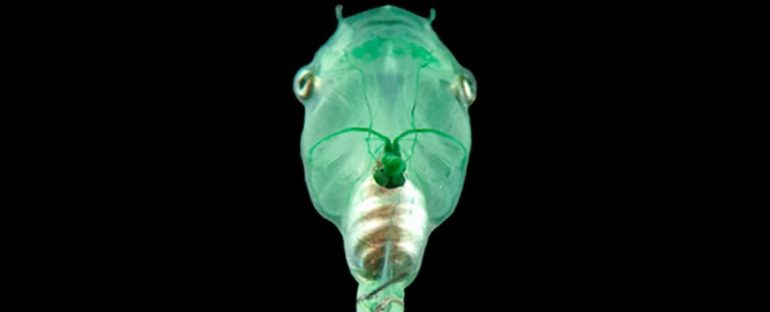Microalgae and special types of bacteria have the power to puff vast amounts of oxygen into the atmosphere. In fact, these organisms are thought to be the main reason our planet first began hosting oxygenated air.
New research suggests that this life-giving respiration works on a much smaller scale, too.
When green algae and cyanobacteria were injected into the brains of African clawed frog (Xenopus laevis) tadpoles, they were found to breathe life back into the tadpoles’ oxygen-starved neurons, almost like internal CPR.
Measurements within the tadpoles’ brains showed an increase in local oxygen when green algae or cyanobacteria were present and photosynthesizing under light.
Even more incredibly, when the frogs were starved of oxygen until their neurons went silent, the microorganisms in their brains were able to restart and rescue neuronal activity from the brink.
“In the future, phototrophic microorganisms might provide a novel means to directly increase oxygen levels in the brain in a controlled manner under particular eco-physiological conditions or following pathological impairments,” the authors write.
But this study is just a proof of principle. The hope is that this type of treatment could one day help humans recover from a stroke or travel through oxygen-less environments. For now, however, that remains a very distant possibility.
The vertebrate brain cannot be without oxygen for very long before irreversible damage begins to occur. When resting, the brain of the average vertebrate consumes between 2 and 8 percent of the body’s available oxygen.
The human brain is the only real exception, guzzling 20 percent of the body’s oxygen, despite taking up only 2 percent of our bodies.
The result is that if we don’t breathe for five minutes or more, we can suffocate the neurons in our noggins for good – which means that it’s not possible to conduct these kinds of experiments in humans.
Organoids or small slices of the human brain could be tested in the lab first. But even if that works, and despite the successful findings among frogs, this crazy idea might simply never work for our own species.
After all, tadpoles are transparent, which means sunlight can easily pass through their skin into their brain, allowing algae or bacteria to photosynthesize and produce robust and constant amounts of oxygen. The element is then carried around the frog’s body via the cardiovascular system.
But the human skull isn’t see-through, which means we would need to find another theoretical means of triggering photosynthetic organisms in our brain to produce the right amount of oxygen.
For instance, the authors suggest injecting the microorganisms into the cardiovascular system instead. If the microorganisms are in circulation, flowing in your veins and arteries underneath the skin, they will theoretically receive more sunlight.
The team admits this concept is “highly innovative” and “potentially detrimental”. If the microorganisms grow out of control they could very well clog our blood vessels.
Plus, as neuroscientist Diana Martinez warned The Scientist, if too much oxygen is produced it can be just as dangerous as oxygen deprivation.
“Thus,” Martinez, who was not involved in the study, explained, “the inability of oxygen levels to be controlled properly through the use of these photosynthetic organisms would therefore be just as detrimental as the hypoxia itself.”
In other words, simply because it’s possible in frogs, doesn’t mean it’s worth the risk in humans.
The study was published in iScience.



